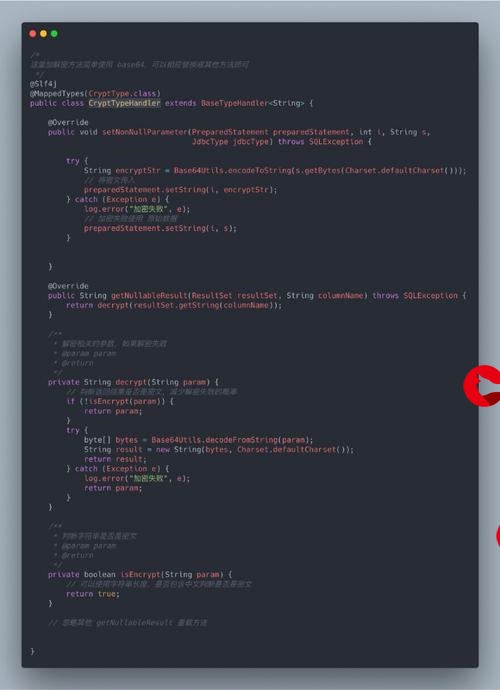 语言系统"/>
语言系统"/>
韩礼德的语言系统
目录
The thematic organization of knowledge
The cladistics of language
Language is like a glacier: Synoptic/dynamic perspectives and system/behaviour
A synoptic perspective
Dynamics in a synoptic perspective
From texts to language as the system
Information theory
Bibliography
This text is about the general perspective of SFL, based on the third Chapter of Halliday’s book Computational and Quantitative studies (2005). It should be the base where SFL started its exploration…It explains to me why corpus matters in the study of SFL: the concept of ‘system’ is in its core position. The essential task of SFL is to explore the language as a system through the frequency of each of its subsystem’s occurrences.
It’s just like a double-slit interference experiment in linguistic field. But I wonder how SFL find the ‘double-slit interference’ between texts and system? Is it a cultural one as ‘genre’ as suggested by Martin (1998) or a ‘cognitive’ one? I’m more into the latter—even Martin couldn’t refuse using words like ‘schematic’ which have kind of cognitive tendency.
The thematic organization of knowledge
Halliday started with the history of how knowledge was organized, i.e. from the disciplinary organization to the thematic one; from the object that is being investigate to the kind of questions that are being asked. Cladistics is one such theme, which asks the questions about how systems change.
In 19th century, evolution became a theme, but human science was not ready for that—they lacked the sense a system, i.e. a model of how any form of organization persists.
To solve this problem, structuralism came to the stage. It took the theme of ‘change’ of the agenda and declared their mains task as synchronic, i.e. to study how human systems were organized.
Next came the theme of semiotics, the study of how things mean. It contextualized ‘language’ within a wider universe of semogenic phenomena. (Halliday thinks cognitive science more of a discipline than a theme.)
And then, cladistics (i.e. the study of how systems change).
The cladistics of language
So what is the cladistics of language about? It studies the way language persists (as a system), and also changes, over the course of time.
Language is like a glacier: Synoptic/dynamic perspectives and system/behaviour
European structuralism viewed a human system as a nexus of paradigmatic and syntagmatic relations that could be construed from the way they were manifested in patterns of behaviour.
This view contributed to Saussure’s langue/parole. We may say langue is a system (the abstract system of signs), while parole is the behaviour (the concrete use of signs).
Behaviour (or text if we are talking about language) is the viewed dynamically. Hjelmslev’s system/process made this point explicit.
A synoptic perspective
To explore the system of language (i.e. langue), we need a synoptic perspective (general view of a whole—Merriam Webster). It is the perspective we may take when we observe a slowly changing glacier as whole.
Dynamics in a synoptic perspective
As soon as one admits syntagmatic relations into the system, one is taking on a dynamic commitment. How do we incorporate change into the system?
Lemke (1984) characterized human, social systems as dynamic open system which have the property of being metastable: that is, they persist only through constant interaction with their environment, and hence are in a constant state of change. To put it metaphorically, it is like a glacier which cannot persist if no water stream flows over it; or, a cell which cannot live if it has no exchange with its environment. Meanwhile, water streams are changing the glacier; the environment is also changing the cell.
Halliday (1988) identified three dynamics in such metastability.
- The history of the system itself (dynamic —evolution.
- The history of the individual construing the system: the dynamics of ontogenesis (dynamic 1)—growth.
- The history of the instance: the dynamic of the unfolding of a text (dynamic 3) .
From texts to language as the system
The system may have infinite potential, but it is constrained within the body of text.
To borrow a biblical metaphor here, the system is like God who is almighty, while the text is like Jesus whose ability limited to his flesh to some degree. Furthermore, Jesus is concrete, embodied, physical, definite, while the Father is abstract, bodiless (i.e. it will lose its meaning if we simply define it as a simple non-organic set of its instances), indefinite. Well, I don’t want to sound like a cult.
Texts are concrete and thus can be counted. Thus, we can assess the quantity of text that is typically involved in ontogenesis. By examining the frequency in text, we can infer the possibility in the system.
Information theory
Information is a property of a system. The system with maxim information is one whose terms are equiprobable; any skewness (i.e. departure from equiprobability) involves a reduction in information. Hence a minimally redundant system network would be one in which all systems tended towards equiprobability.
Let’s imagine what our language system will be like if it’s equiprobable:
- Half of the sentences in a book are endless.
- …
- …
Bibliography
Halliday, M. A. (2005). Computational and Quantitative Studies. (J. J. Webster, Ed.) Continuum International Publishing Group.
Martin, J. R. (1998). Modeling Context: The Crooked Path of Progress in Contextual Linguistics. In M. Ghadessy (Ed.), Text and Context in Functional Linguistics. Amsterdam: John Benjamins Publication.
更多推荐
韩礼德的语言系统












发布评论